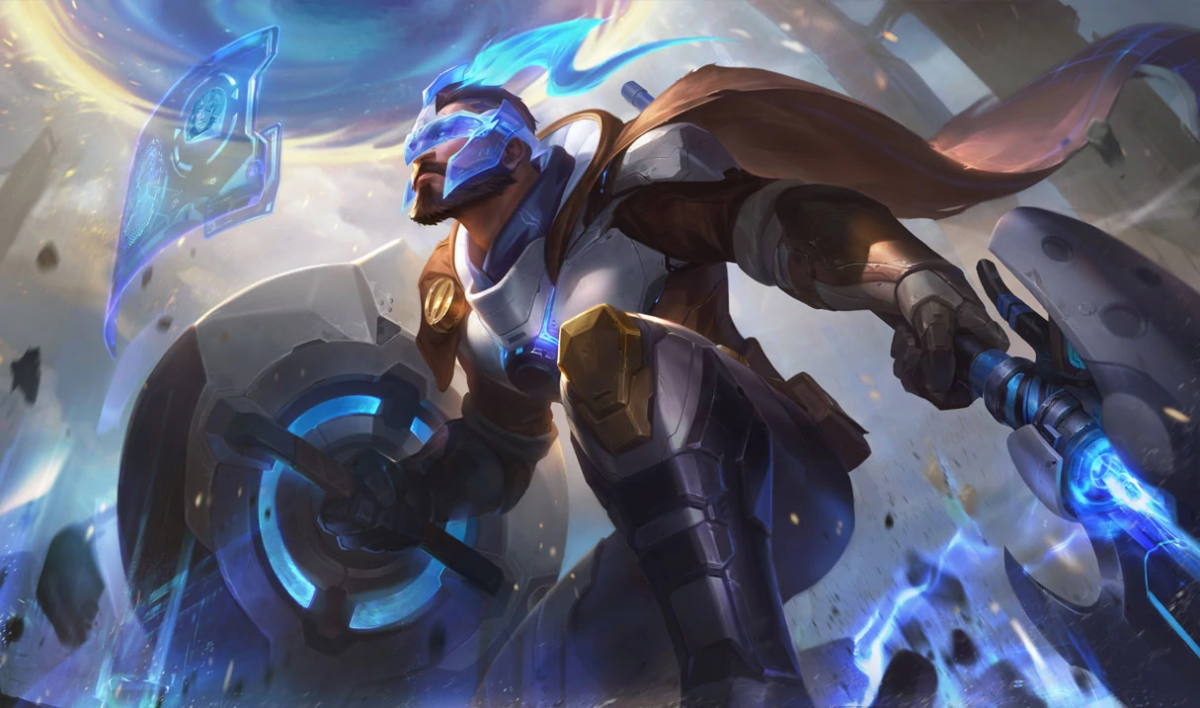Millions of League of Legends players join the season-long grind to Challenger every year, with thousands pouring into solo queue-ranked games at any given minute. These millions quickly find themselves spread across the competitive standings, with only the very best breaking beyond Diamond and above.
While you may not have achieved Challenger glory yet, your placements into Gold are just as exciting, and now you’re left wondering just how high that leaves you.
The distribution of players across each of the game’s 10 ranks can often be incredibly stark, with most League solo queue players sitting in the lower tiers. Only a select few ever climb high enough to reach the upper echelons.
Here’s how League’s rank distribution works and where the most players are.
How rank distribution works in League

League has a spread of players across several competitive tiers that make up the solo queue standings. All up, there are 10 different ranks League players can earn.
Riot Games has shuffled the League rank distribution around a little this year, helped by the introduction of a new Emerald rank, meaning all the percentages are topsy-turvy when compared to years gone by.
The tiers, ranking from highest to lowest, are:
- Challenger
- Grandmaster
- Master
- Diamond
- Emerald
- Platinum
- Gold
- Silver
- Bronze
- Iron
Players climb (or drop) between ranks depending on how well (or poorly) each ranked game goes. The more you win, the faster you’ll climb.
League’s rank distribution, by the numbers
Here is the overall rank distribution in League, courtesy of stats tracking site League of Graphs, which keeps an up-to-date count of each rank’s population and how it compares to the overall player base across competitive play.
Solo queue rank distribution
| Rank | Distribution Percentage |
|---|---|
| Challenger | 0.020 percent |
| Grandmaster | 0.047 percent |
| Master | 0.47 percent |
| Diamond | 2.7 percent |
| Emerald | 11 percent |
| Platinum | 16 percent |
| Gold | 19 percent |
| Silver | 19 percent |
| Bronze | 20 percent |
| Iron | 7.8 percent |
Flex queue rank distribution
| Rank | Distribution Percentage |
|---|---|
| Challenger | 0.0087 percent |
| Grandmaster | 0.018 percent |
| Master | 0.2 percent |
| Diamond | 2.3 percent |
| Emerald | 8.7 percent |
| Platinum | 14 percent |
| Gold | 19 percent |
| Silver | 20 percent |
| Bronze | 24 percent |
| Iron | 9.7 percent |
Perhaps most stunning is less than one percent of the total player base plays in the Challenger, Grandmaster, and Master tiers. Despite making up nearly a third of the available ranks in League, only a handful of players ever make it that high in their ranked climb. About three percent of the game’s player base is Diamond or higher.
A majority of the League ranked community can be found between Bronze, Silver, and Gold, with 58 percent of players between those three ranks. Although Platinum is technically the halfway point between the game’s lower ranks and upper ranks, there is an intensely uneven number of players who populate the game’s lower ranks compared to the upper reaches.
If you’ve ever wondered why you rarely play with the same players two games in a row, it’s likely because there are so many who share the same rank.
These ranked numbers are current as of Wednesday, Oct. 25, 2023.


